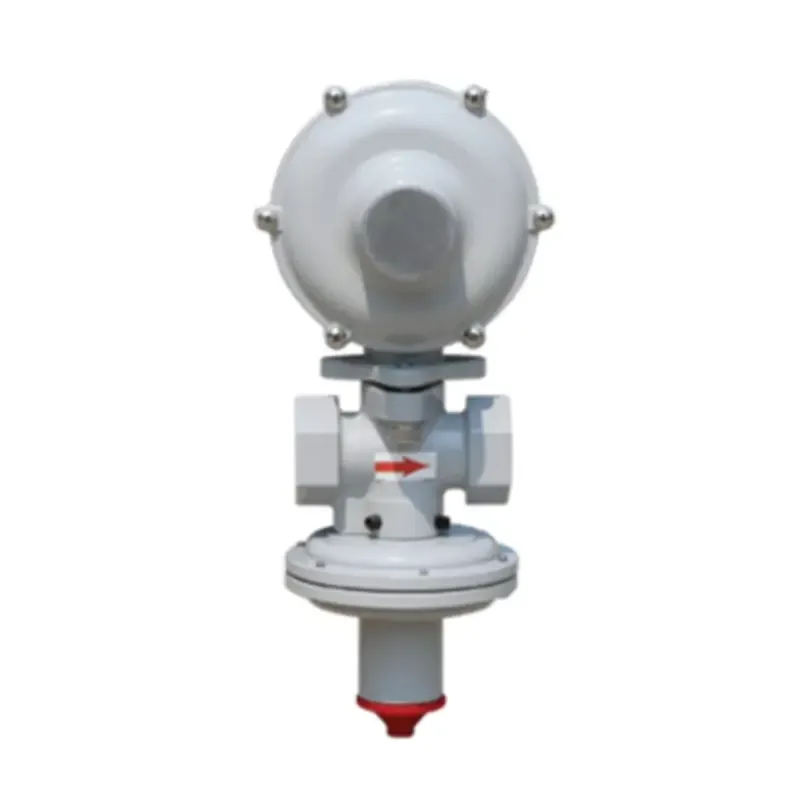
10 月 . 14, 2024 23:39
Back to list
gas pressure reducing station
Understanding Gas Pressure Reducing Stations
Gas pressure reducing stations play a critical role in ensuring the safe and efficient distribution of gas across various applications, from residential heating to industrial processes. These stations are designed to reduce high-pressure gas from transmission pipelines to a lower pressure suitable for end-user consumption. In this article, we will explore the construction, operation, and importance of gas pressure reducing stations.
What is a Gas Pressure Reducing Station?
A gas pressure reducing station is a facility that utilizes specific equipment to lower the pressure of gas flowing through transmission lines. High-pressure gas is generally transported over long distances in pipelines, but when it reaches urban and residential areas, it must be reduced to a manageable pressure level for safe usage. The primary components of a reducing station include pressure regulators, safety devices, and metering equipment.
How Do They Work?
The operation of a gas pressure reducing station involves several steps
1. Inlet Regulation The high-pressure gas enters the station through an inlet valve. Before the gas is processed, it usually passes through filtration systems to remove any impurities or contaminants that could interfere with the operation of downstream equipment.
2. Pressure Regulation Once filtered, the gas arrives at the pressure regulators. These devices automatically adjust the gas pressure to the desired levels by modulating the flow. They ensure a consistent output pressure, regardless of fluctuations in incoming pressure or demand.
3. Measurement After regulation, gas flow is metered for billing and monitoring purposes. Accurate measurement is crucial for both utility companies and consumers to ensure transparency and fair billing practices.
gas pressure reducing station

4. Outlets Finally, the gas exits the station through outlet valves and is delivered to consumers via distribution pipelines. These outlet systems are designed to handle the reduced pressure and deliver gas safely to homes and businesses.
Importance of Gas Pressure Reducing Stations
Gas pressure reducing stations are essential for several reasons
- Safety The primary function of these stations is to maintain safe pressure levels. High-pressure gas can pose significant dangers, including explosions and pipeline ruptures. Proper regulation prevents such incidents, protecting both people and property.
- Efficiency By regulating pressure appropriately, these stations help improve the overall efficiency of the gas distribution system. They enable gas utilities to manage flow rates effectively and control pressure variations that can affect service quality.
- Environmental Impact A well-functioning gas pressure reducing station contributes to lower greenhouse gas emissions. By optimizing the distribution process, they help minimize leaks and ensure that gas is delivered to end users more effectively.
- Cost-Effectiveness Reducing the pressure at strategic points along the transmission pipeline reduces the need for more extensive and costly infrastructure, such as large pressure control valves and additional transmission lines.
Conclusion
Gas pressure reducing stations are vital components of the natural gas distribution network. They ensure safe and reliable delivery of gas to consumers while optimizing efficiency and maintaining cost-effectiveness. As the energy landscape continues to evolve, effective management and operation of these stations will remain crucial in meeting the growing energy demands of society while ensuring environmental stewardship. As we move forward, the development of advanced technologies and regulatory frameworks will further enhance the safety and performance of gas pressure reducing stations, paving the way for a sustainable energy future.
Next:
Latest news
-
Unlocking The Quality Gas Pressure ReducersNewsNov.01,2024
-
The Role of Gas Pressure Reducing StationsNewsNov.01,2024
-
The Importance and Functionality of Safety Relief ValvesNewsNov.01,2024
-
The Essential Role of Safety Valves in Natural Gas ApplicationsNewsNov.01,2024
-
The Essential Role of Gas Pressure RegulatorsNewsNov.01,2024
-
Enhance Your Premium Gas FiltersNewsNov.01,2024

